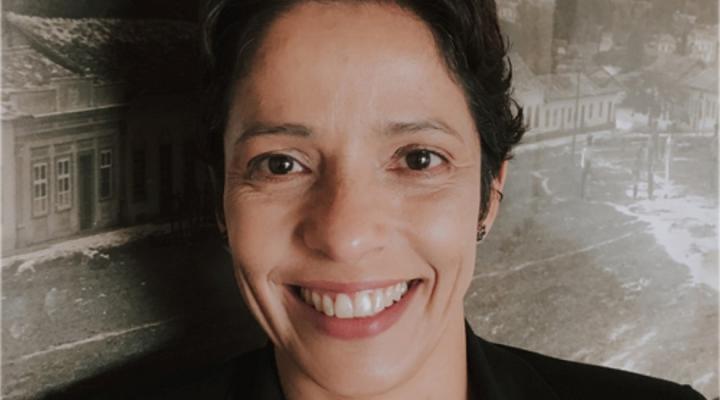
Translating innovative health technologies from concept to market.
Welcome new senior lecturer Suélia de Siqueira Rodrigues Fleury Rosa. Read more about Translating innovative health technologies from concept to market.
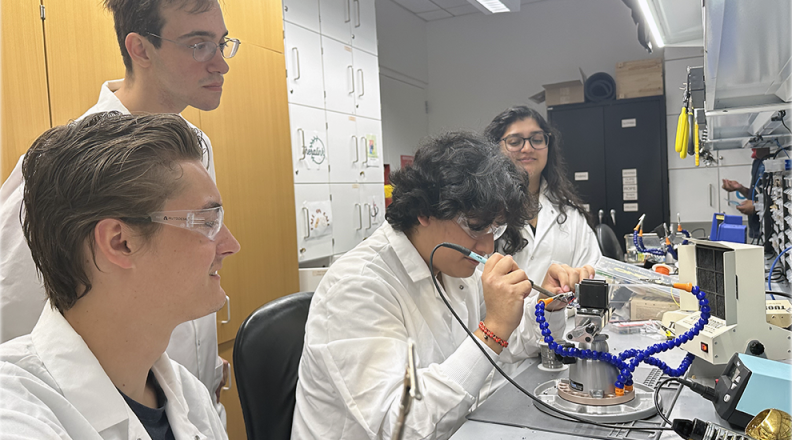
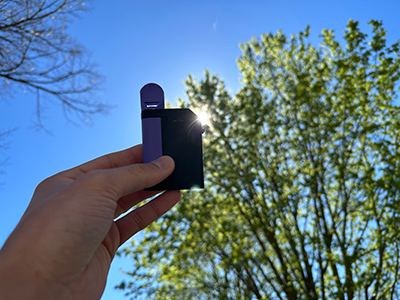
Cigarette smoking remains the leading cause of preventable disease, disability and death in the U.S., accounting for more than 480,000 deaths every year, or about one in five. E-cigarettes were developed as an alternative to traditional cigarettes, but still contain carcinogenic components and can have even higher concentrations of nicotine, worsening the problem of nicotine addiction. More than 60% of adults who vape are interested in quitting, but existing products like patches, gums, and lozenges are available only in limited dosages, leading to withdrawal symptoms. These options also do not target the habit-forming aspect of vapor inhalation. Alternative e-cigarettes on the market like Capnos and the ripple+ address only the physical habit of vapor inhalation and not the core problem of nicotine addiction.
Our solution, Aire, is a water-based vape alternative that enables users to gradually reduce their nicotine intake while mimicking the satisfaction of a traditional e-cigarette. Aerosolization via ultrasonic vibration allows our device to eliminate the harmful byproducts created by heating oil-based e-liquids, and enables our e-liquid to be composed of 95% water. Users can buy pre-packaged cartridges at decreasing nicotine concentrations, which allows them to continue their nicotine cessation journey without worrying about withdrawal symptoms.
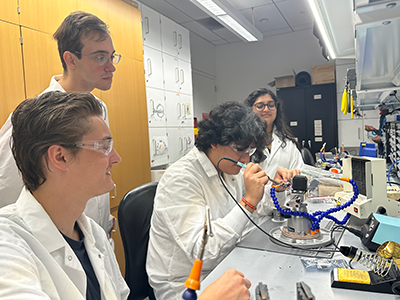
We were encouraged to learn from many stakeholder interviews that there is definitely a need for an easier way to quit vaping. Through interviews with medical professionals working with the University of Rochester’s Center for Community Health and Prevention, we also learned about current addiction cessation methods and resources, allowing us to improve our design for real applications.
As our device began to come together, we were able to get real-time feedback from peers, enabling our device to help meet user needs. It was very satisfying to see individual components slowly come together to form a working final prototype.
We learned that the design process is not always a linear path. In the fall semester we engaged in lots of brainstorming, background research and some initial stakeholder interviews that led to a preliminary concept of our device look and function. But through more stakeholder interviews and discussions into topics like e-liquid formulation and how nicotine addiction forms, we realized there were better design choices for both the device and its potential users. Javi printed over 10 iterations of mouthpiece designs before we determined which was the best shape for optimal airflow and inhalation. We’re very thankful for the guidance we’ve received from the course staff and our stakeholders during this process, including from our team mentor, professor Nate Cira, who provided us with sound advice, guidance and encouragement throughout the entirety of this design project. We’re very proud of the work we accomplished together this year.
Our team plans to submit our idea to Cornell’s e-lab, a student accelerator that launches several businesses each year. We may also seek out a patent, but first we’re hoping to finalize some of the newer components of the device. We are thrilled with the potential applications for Aire, and are anticipating exciting developments.
During the process of filming our design showcase video, our team took mini “field trips” to different parts of campus to film the scenes we envisioned. Our goal was to create a portion of the video that felt like an infomercial, so we spent an afternoon in Cornell’s arboretum trying to recreate the classic nature and yoga shots we often see in medicine and drug commercials. Our team even had the opportunity to play tennis while filming. We’ve grown much closer over the course of senior year, and we are glad to call each other friends!
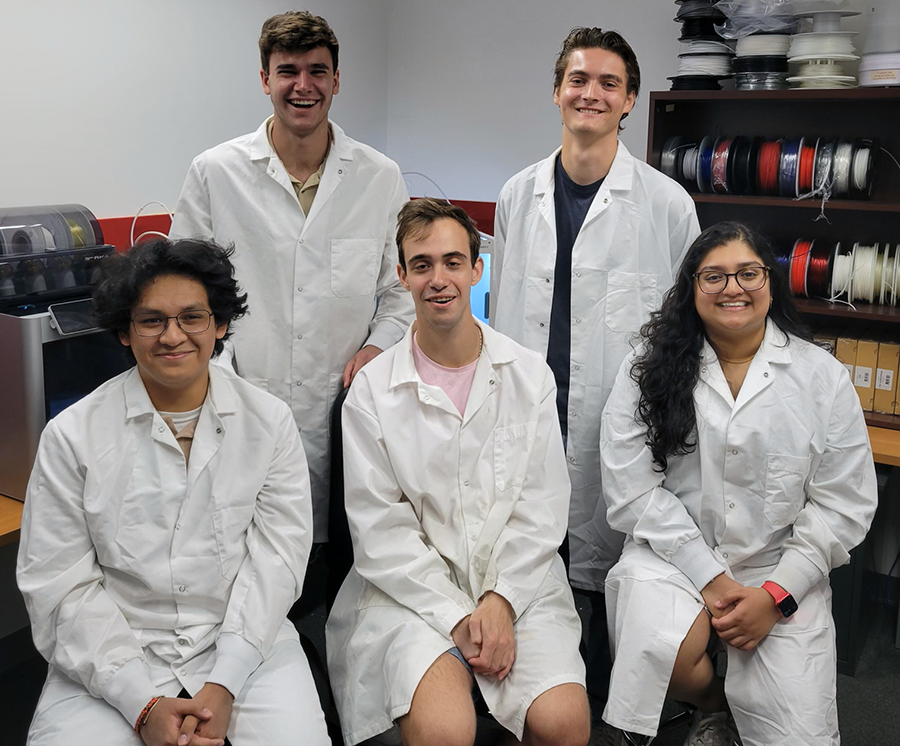
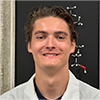 Luke Chamberlin: I have always been fascinated by the dynamic field of biomedical engineering, where innovation meets healthcare. Cornell's commitment to pioneering research and fostering a collaborative community deeply resonates with my own aspirations to make impactful advancements in medical technology. This project allowed me to apply my technical skills while challenging me to think creatively. Working with a talented group of peers on Aire has been incredibly rewarding, and it reinforced my decision to pursue biomedical engineering at Cornell.
Luke Chamberlin: I have always been fascinated by the dynamic field of biomedical engineering, where innovation meets healthcare. Cornell's commitment to pioneering research and fostering a collaborative community deeply resonates with my own aspirations to make impactful advancements in medical technology. This project allowed me to apply my technical skills while challenging me to think creatively. Working with a talented group of peers on Aire has been incredibly rewarding, and it reinforced my decision to pursue biomedical engineering at Cornell.
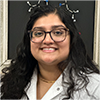 Asher Lal: I’ve always had a passion for medicine, human-centered design, and engineering, which drew me to biomedical engineering. I chose Cornell for its cutting-edge clinical research and the opportunity to develop hands-on skills with project teams. I have several family members who have struggled with stopping cigarettes and vaping, so addiction cessation is a topic that is very important to me. When this idea was pitched by Wade during our senior design class, it was one of my top choices. During the design process, I’ve been able to apply skills I’ve learned from the biomaterials and drug delivery concentration in BME as well from my experience as part of the Cornell University Biomedical Device project team. Moving forward, I will be completing my master of engineering (M.Eng.) degree at Cornell and then will pursue a career in the field of biomaterials and device design.
Asher Lal: I’ve always had a passion for medicine, human-centered design, and engineering, which drew me to biomedical engineering. I chose Cornell for its cutting-edge clinical research and the opportunity to develop hands-on skills with project teams. I have several family members who have struggled with stopping cigarettes and vaping, so addiction cessation is a topic that is very important to me. When this idea was pitched by Wade during our senior design class, it was one of my top choices. During the design process, I’ve been able to apply skills I’ve learned from the biomaterials and drug delivery concentration in BME as well from my experience as part of the Cornell University Biomedical Device project team. Moving forward, I will be completing my master of engineering (M.Eng.) degree at Cornell and then will pursue a career in the field of biomaterials and device design.
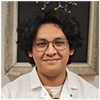 Javier Mayorga-Kintanar: My passion for invention and innovation, combined with my long-term interest in the medical field, led me to biomedical engineering. I chose Cornell specifically because I knew I would have many opportunities to work with many exceptional students and professors. Throughout the course of this project, I discovered a new love for prototyping and hands-on creation, pushing me to pursue a career in medical device development. Beyond growing my skill set, I’ve thoroughly enjoyed working with this wonderful team and will surely miss them.
Javier Mayorga-Kintanar: My passion for invention and innovation, combined with my long-term interest in the medical field, led me to biomedical engineering. I chose Cornell specifically because I knew I would have many opportunities to work with many exceptional students and professors. Throughout the course of this project, I discovered a new love for prototyping and hands-on creation, pushing me to pursue a career in medical device development. Beyond growing my skill set, I’ve thoroughly enjoyed working with this wonderful team and will surely miss them.
 Wade Rianda: As the team lead for Aire, I was glad to have the opportunity to practice the research and development process all the way from forming the idea to holding the working product in my hand. This project was a great way for me to synthesize the engineering concepts that I gathered over my time as an undergraduate, and I will continue with an M.Eng. degree at Cornell in the fall, and plan to go into the medical device industry after that. I have really enjoyed this project as a way to bring one of my engineering ideas to fruition in a thorough, long-term project, and give many thanks to my team members, who were a pleasure to work with.
Wade Rianda: As the team lead for Aire, I was glad to have the opportunity to practice the research and development process all the way from forming the idea to holding the working product in my hand. This project was a great way for me to synthesize the engineering concepts that I gathered over my time as an undergraduate, and I will continue with an M.Eng. degree at Cornell in the fall, and plan to go into the medical device industry after that. I have really enjoyed this project as a way to bring one of my engineering ideas to fruition in a thorough, long-term project, and give many thanks to my team members, who were a pleasure to work with.
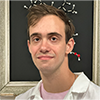 Alex Senderov: Through my classes and my BME concentration in biomaterials and drug delivery, I have refined my engineering skillset and gained more technical knowledge about biomedical devices. I enjoyed this project as a method to experiment with and try out new ideas. It has been a pleasure to work on the design challenge with my team members, and I will continue my biomedical journey by continuing for an M.Eng. degree at Cornell.
Alex Senderov: Through my classes and my BME concentration in biomaterials and drug delivery, I have refined my engineering skillset and gained more technical knowledge about biomedical devices. I enjoyed this project as a method to experiment with and try out new ideas. It has been a pleasure to work on the design challenge with my team members, and I will continue my biomedical journey by continuing for an M.Eng. degree at Cornell.